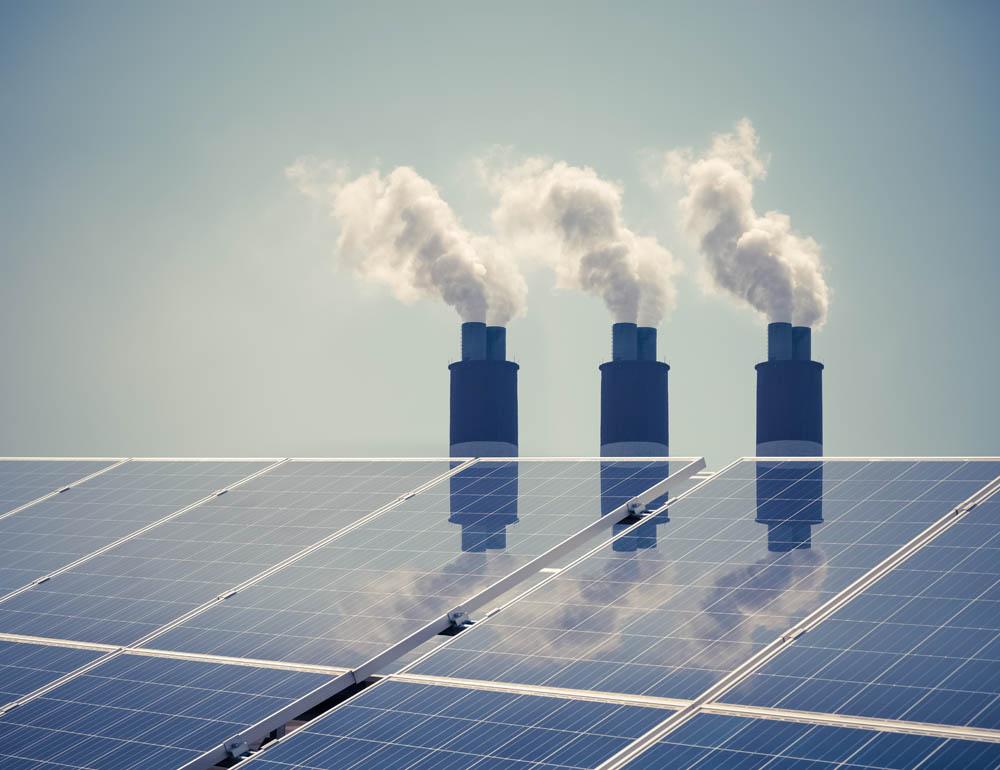Low-Carbon Energy
Reducing our carbon footprint
The power sector accounts for a quarter of global greenhouse gas emissions and coal is the single biggest contributor to human created climate change.

Renewables now account for over one third of electricity generation, up from 7% in 2010. Yet, this green revolution has been delivered without disruption to the reliability of our electricity supply and the scale of deployment has contributed to a significant reduction in the cost of renewables.
Increasingly, green power is the cheapest power.
We need to phase down the use of all fossil fuels across the energy sector. As a renewable source, solar energy is available every day and can be harnessed virtually in any part of the world to generate electricity with low maintenance costs after installation. As an inexhaustible and clean energy source, its advantages make it one of the fastest growing renewable energy sources.
The citizens’ use of energy varies during the day, throughout the week and from winter to summer. However, our energy consumption varies in familiar and somewhat predictable patterns, and as long as it is possible to plan the energy supply, the fluctuations are not an issue. However, many green energy sources do not allow for planned production. Heavy rain clouds cast their shadow over the solar energy production and wind turbines produce electricity only when the wind blows. As the share of green energy sources increases, there is a need to think smart, so we can continue to receive energy from our energy system with a high security of supply.

The green transition requires rethinking of our energy system, where we link the various elements of the energy system to create a smart system that is flexible while being robust and affordable.
